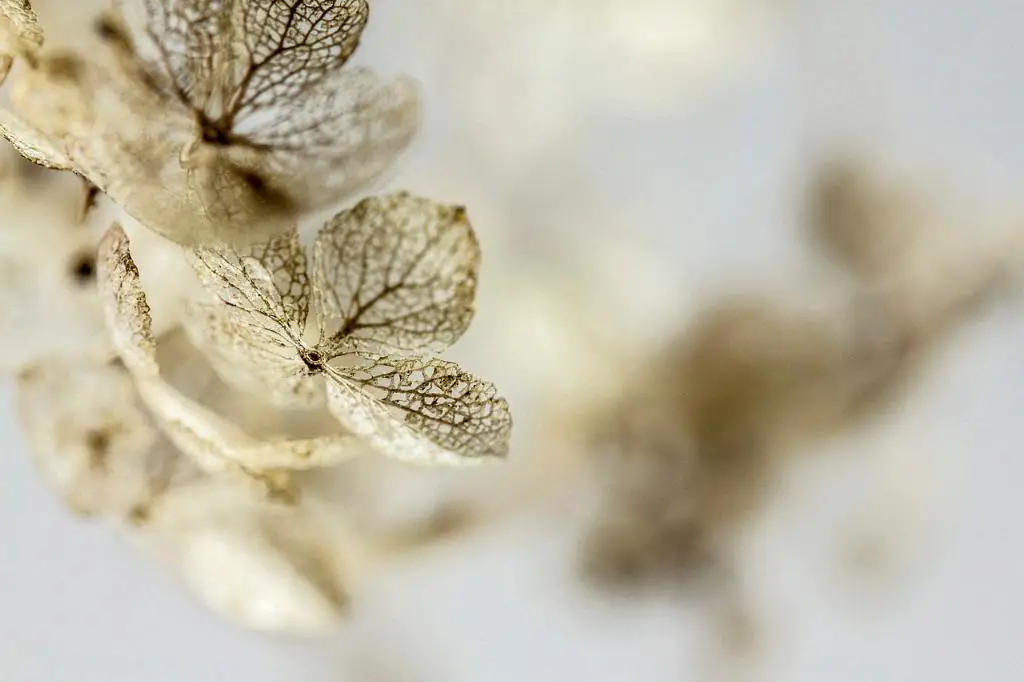Planting hydrangeas in the ground can be a rewarding experience for any gardening enthusiast. These beautiful flowering shrubs can thrive in various soil conditions and add a touch of elegance to any garden. If you’re looking to plant hydrangeas in your yard, here are some essential steps to follow to ensure their successful growth.
Choosing the Right Spot
Before planting your hydrangea, it’s crucial to select the right location in your garden. Hydrangeas thrive in well-draining soil with partial shade, so choose a spot that receives morning sun and afternoon shade. Ensure there is enough space for the hydrangea to grow and spread its roots comfortably.
Preparing the Soil
Hydrangeas prefer moist, fertile soil with a slightly acidic pH level. Before planting, amend the soil with organic matter such as compost or peat moss to improve its texture and fertility. This will provide the hydrangea with the nutrients it needs to thrive.
Digging the Hole
When planting a hydrangea, dig a hole that is twice as wide as the container it came in. The depth of the hole should be equal to the height of the root ball. This will ensure that the hydrangea’s roots have enough room to establish and grow.
Planting the Hydrangea
After digging the hole, gently remove the hydrangea from its container and place it in the hole. Make sure the top of the root ball is level with the soil surface. Backfill the hole with the soil mixture and gently pat it down to remove air pockets.
Watering
Once the hydrangea is planted, water it thoroughly to help it settle into its new home. Hydrangeas require regular watering, especially during the hot summer months. Keep the soil consistently moist, but not waterlogged, to promote healthy growth.
Mulching
Applying a layer of mulch around the base of the hydrangea can help retain moisture and suppress weeds. Use organic mulch such as shredded bark or wood chips and spread it evenly around the plant, leaving a few inches of space around the stem to prevent rot.
Pruning
Pruning hydrangeas is essential to promote new growth and maintain their shape. However, the timing and method of pruning may vary depending on the type of hydrangea you are growing. Research the specific pruning requirements for your variety and follow the guidelines accordingly.
Fertilizing
Hydrangeas benefit from occasional fertilization to support their growth and blooming. Use a balanced fertilizer formulated for flowering shrubs and apply it according to the manufacturer’s instructions. Avoid over-fertilizing, as this can lead to excessive foliage growth at the expense of flowers.
Protecting from Pests and Diseases
Keep an eye out for common pests such as aphids, spider mites, and powdery mildew, which can affect hydrangeas. Use natural remedies or insecticidal soap to control pest infestations and ensure the plant remains healthy and vibrant.
Monitoring Growth
Regularly monitor the growth and health of your hydrangea to address any issues promptly. Keep an eye out for signs of nutrient deficiencies, wilting, or discoloration, which could indicate underlying problems that need to be addressed.
Enjoying the Blooms
With proper care and attention, your hydrangea will reward you with stunning blooms in various colors and shapes. Take the time to admire the beauty of your plant and enjoy the colorful display it brings to your garden throughout the growing season.
Conclusion
Planting a hydrangea in the ground requires careful planning and attention to detail, but the results are worth the effort. By following these essential steps and providing the right growing conditions, you can ensure that your hydrangea thrives and flourishes in your garden for years to come.

